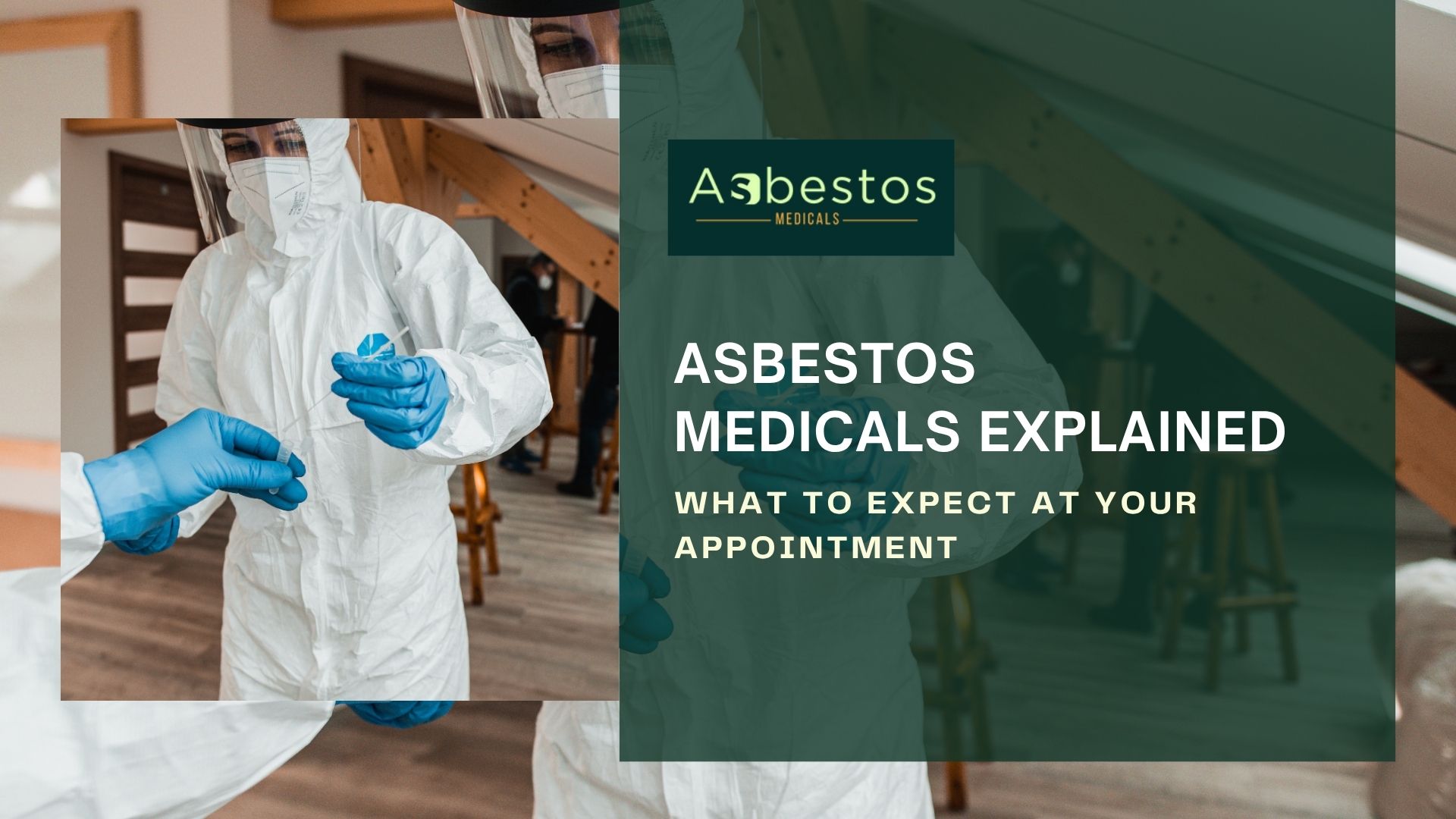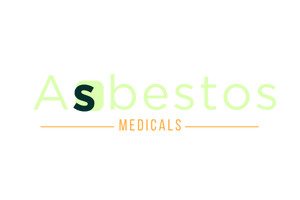
Asbestos medical checks assess lung health for people who may be exposed to asbestos at work. They are part of UK health surveillance and help spot problems early. The visit is short, private, and focused on practical advice. You will learn what happens, who needs one, and what records matter. To start, it helps to be clear on what an asbestos medical actually is.
What is an asbestos medical?
An asbestos medical is a structured health check that looks at symptoms, breathing, and work history. A trained doctor reviews your risks and gives guidance you can use. The aim is not to label you but to monitor changes over time. It supports legal obligations and provides a record of care. Understanding the work categories is the next step because the rules depend on the type of job you do.
What is the difference between licensable, non-licensed, and notifiable non-licensed work (NNLW)?
Licensable work covers higher-risk tasks with frequent or intense exposure. Non-licensed work is lower risk and usually short-term. Some non-licensed tasks still need official notice and sit in the NNLW group. Each category comes with its own surveillance pattern and paperwork. Once you know where your tasks sit, it becomes easier to tell if you personally need a medical.
Do I need an asbestos medical for my job?
You may need one if your duties involve asbestos, even for brief or irregular tasks. Your employer should confirm this as part of planning and training. If you are unsure, ask the safety lead or the clinician. The law expects reasonable checks when exposure could happen. The same question often arises for sole traders, which brings us to the self-employed.
I’m self-employed, do the rules still apply to me?
Yes, self-employed people must follow the same health surveillance rules when their work is in scope. You should book the exam yourself and keep the certificate with your job files. Clients may ask to see proof before work starts. Good records help with tenders and ongoing contracts. You will also want to know who is qualified to carry out the exam you book.
Who can carry out an asbestos medical?
Licensed work usually needs an HSE-appointed doctor, while a suitable GMC-registered doctor can see some lower-risk work. Clinics will tell you which applies to your case. Always ask before checking their approval. Using the right clinician protects both worker and employer. Their advice also sets how often you should come back.
How often do asbestos medicals happen (licensed vs NNLW)?
Higher-risk licensed roles are more common than NNLW roles. Your interval reflects task type, exposure chance, and guidance. The clinic records the due date so you do not miss it. Keep the date in your diary and allow time off the rota. When planning visits, many people also ask about costs and who pays.
Who pays for asbestos medicals, and how much do they cost?
Employers generally pay for employees who are in scope, and sole traders cover their own. Prices vary by location and the tests needed. Ask for a written quote before you book. Keep invoices with your health record set. With the booking sorted, a little preparation makes the appointment run more smoothly.
How should I prepare for an asbestos medical?
Bring photo ID, job details, and a list of medicines. Avoid heavy meals and smoking before breathing tests. Wear loose clothing so the chest exam is easy. Note any recent chest infections or exposures. With the basics ready, here is what actually happens when you arrive.
What happens at the appointment, step by step?
You confirm your details and complete a short symptom questionnaire. The clinician listens to your chest and checks your airflow. You do spirometry by blowing into a calibrated device. Results are explained in plain terms with simple advice. If anything suggests a need for further checks, the doctor will discuss whether imaging is appropriate.
Do asbestos medicals include chest X-rays or CT scans?
Routine imaging is not part of a standard visit. Scans are requested only when there is a clear clinical indication. The clinician will explain the reason and obtain consent. You may be sent to a hospital service if needed. Most people instead leave with confirmation of the exam and the date of the next one.
How long will the appointment take, and when will I get my certificate?
Most visits take around 20–40 minutes, depending on history and tests. Many clinics issue the certificate on the day. Some send it securely by email later. Keep a copy for your own files. Your employer will also keep specific records for compliance.
What certificate or paperwork will I receive?
You receive a simple certificate confirming the medical took place and when the next check is due. It does not share detailed results unless you request them. Employers may hold a copy as evidence of surveillance. This is separate from your private clinical notes. Alongside the certificate, the law requires a long-term basic health record to be kept.
What health records must employers keep and for how long?
Employers keep a brief record showing your identity, role, and exam dates. It is not the same as your confidential medical file. The record helps track health across many years of work. Store it securely and avoid duplication. The format is usually standard, and many clinics use set forms.
What forms do employers or clinicians use?
Clinics use standard templates for consent, history, spirometry, and summary notes. Employers often use a simple health record template for surveillance evidence. Digital copies are common and easy to search later. Ask for your copies so your personal file is complete. Clear paperwork also prevents confusion about what the certificate means for “fitness”.
Does an asbestos medical say I am “fit” to work with asbestos?
The certificate confirms surveillance, but it is not a blanket fitness pass. Fitness for certain tasks may require additional checks, such as RPE fit testing or work-at-height assessments. Your manager should tell you which applies. Keep each document with its date and scope. Together, they support the wider risk control measures you use every day.
How do asbestos medicals link to risk assessments, RPE, and training?
Medicals sit alongside risk assessment, control measures, and training; they do not replace them. You still need the right methods, PPE, and face-fit proof. Regular refreshers and toolbox talks keep standards steady. Records show that controls are in place and used. In some cases, the job also needs formal notice before work starts.
Do I need to notify anyone before asbestos work starts?
Some tasks must be notified to the authorities in advance. Your manager or duty-holder should manage this step. The need to notify depends on the task category and duration. Keep the reference with the job pack. Even with good planning, incidents can happen, so it is wise to know the next steps.
What happens if my results are abnormal?
The clinician explains what the findings mean and what to do next. You might return for repeat tests after a short gap. You could be referred to your GP or a specialist for a closer look. Work tasks may be adjusted while things are checked. If an incident caused concern, follow the same approach you would after an accidental exposure.
What should I do after an accidental exposure?
Stop the task, make the area safe, and inform the manager at once. Record the time, place, and people involved. Seek medical advice if you feel unwell or worried. Review controls so the same error does not happen again. Official guidance and forms are available if you need a detailed checklist.
Where can I find official UK guidance and forms?
The HSE website hosts the core rules, examples, and templates. Trade bodies and clinics often link to the latest versions. Use trusted sources to keep your records accurate. You can also seek doctor advice on asbestos exposure to ensure you’re following medical recommendations alongside regulatory guidance. Bookmark the pages you need for your site files. With reliable references at hand, the key points are quick to apply in practice.
Conclusion
Asbestos medicals are straightforward checks that support safe, lawful work. They confirm surveillance, guide simple actions, and strengthen your records. Keep your dates, training, and RPE evidence together. Ask early if you are unsure about categories or duties. UK asbestos health experts can provide guidance and reassurance to ensure everything is completed correctly and on time. With these points clear, planning the next appointment becomes routine rather than a worry.
